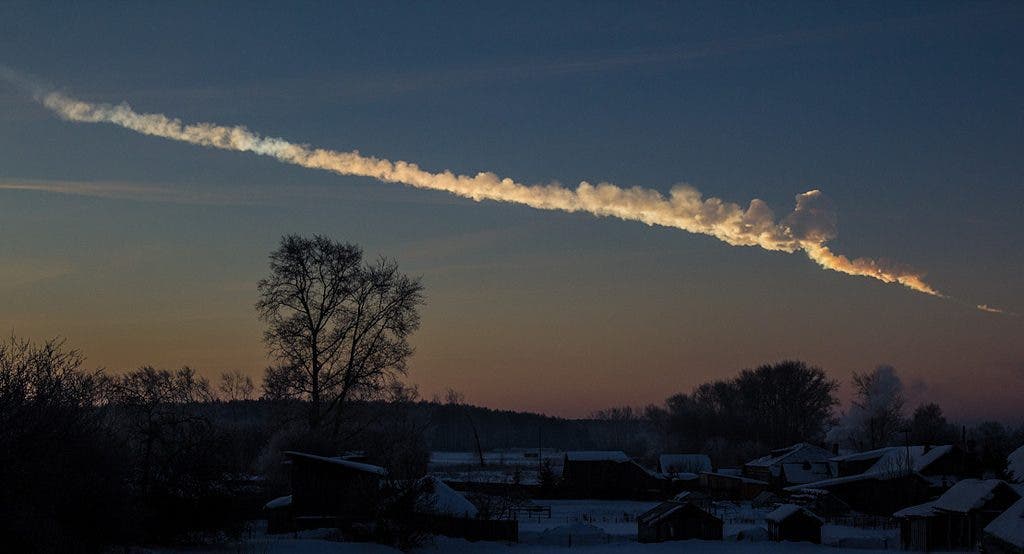Russian scientists have found a way to use the country’s surplus of intercontinental ballistic missiles (ICBMs) to protect themselves from another threat: falling meteorites and asteroids.

I’m happy to see that more and more people are starting to look at ways to protect Earth in the case of an incoming asteroid. In January, NASA announced the establishing of a Planetary Defense Office and now Russia wants to tweak its ICBMs for a more noble purpose. The missiles will need to be upgraded.
“Most rockets work on boiling fuel. Their fueling begins 10 days before the launch and therefore, they are unfit for destroying meteorites similar to Chelyabinsk meteorite in diameter, which are detected several hours becoming close to the Earth”, said the researchers.
Of course, in order to do this a big lump of funding is required, but researchers are confident in their project, especially as Russia has proven to be vulnerable to meteorite crashes. Work on project has already started even though it’s not yet sure they will receive the funding. After the system is designed and the missiles are upgraded, they want to test the feasibility of their plan by setting an ICBM to destroy an asteroid designated as 99942 Apophis.
In 2013, the Chelyabinsk meteorite injured more than 1,500 people in the Russian city of Chelyabinsk after it exploded in the atmosphere. Mark Boslough, a physicist at Sandia National Laboratories, said that an incident like Chelyabinsk happens about once every 50, but this periodicity still hasn’t been established thoroughly. Even though predictions show no similar event for the next couple of decades, it’s always better to be safe than sorry.






